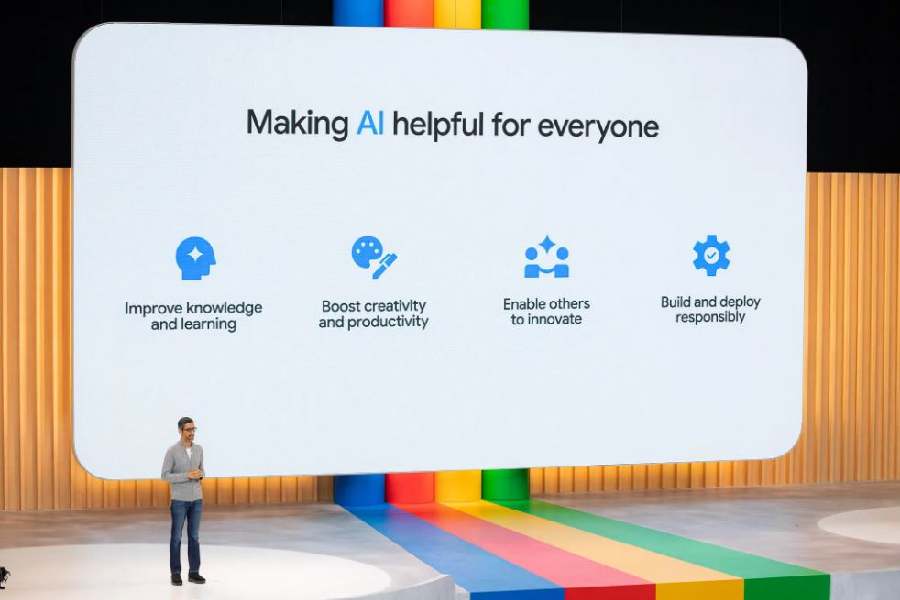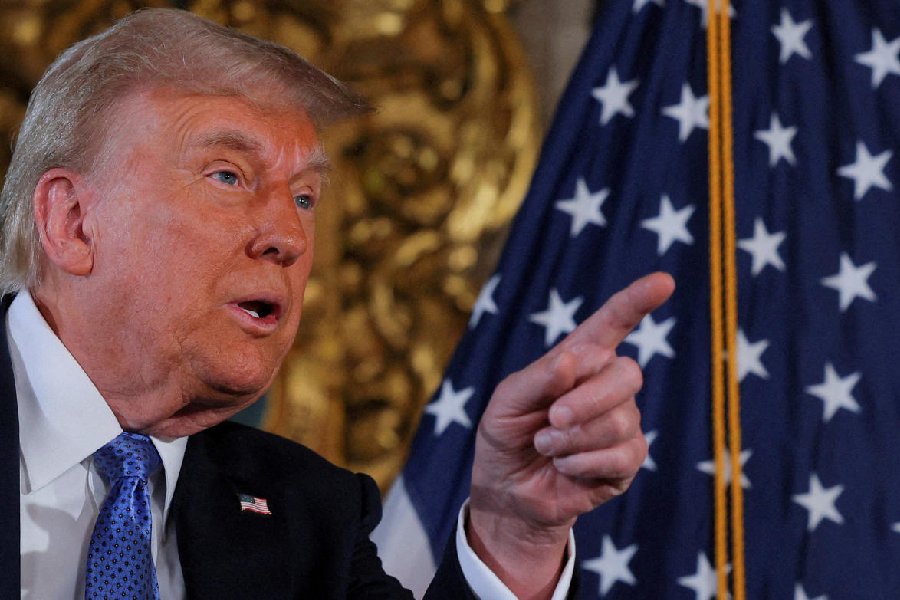When OpenAI released ChatGPT, the AI chatbot looked like the first major threat in decades to Google. Google executives vowed a fast response to protect their $162 billion franchise and said AI would be woven throughout its products, from the search engine to email.
At its annual conference in Mountain View, California, US, the company demonstrated some of what it has been working on. Google said its search engine will begin incorporating responses generated by AI at the top of query results pages and allow users to ask follow-up questions.
Google was a pioneer in the technology but had been reluctant to do too much with AI because it comes with risks, like spreading false information.
But Google, along with the rest of Silicon Valley, was surprised by the success of ChatGPT. In December, Google declared a “code red” to find ways to incorporate the tech behind ChatGPT, called generative AI, into its products.
Google said that it has now embedded its latest AI technology into 25 products, including the search updates and a feature to help users write emails in Gmail.
“Seven years into our journey as an AI-first company, we are at an exciting inflection point,” Sundar Pichai, Google’s CEO, said. “With generative AI, we’re taking the next step, with a bold and responsible approach...”
The company also doubled down on its hardware ambitions, releasing two new smartphones and a tablet. On the high end was the Pixel Fold, Google’s first folding phone. For the budget minded, it offered the Pixel 7A, which costs $500. The company made its Pixel Tablet both portable and able to dock on a speaker, so it can function like a smart home display.
Google has been racing against OpenAI and its partner, Microsoft. In February, Microsoft demonstrated how the newest version of its search engine, Bing, incorporates a chatbot that works with the technology developed by OpenAI.
But Google is still taking a more measured approach than its main competitors. The company did not include a chatbot, which can be prone to making up false information, in its search engine. Instead, Google said it will use AI to provide some answers, which will be corroborated by authoritative websites, and it will continue including ads in responses.
“The technology is early,” said Liz Reid, a Google search vice-president. “It’s amazing in some ways and it has a bunch of challenges in other ways.”
To work with the latest search features, users need to sign up for Search Labs, a new effort that allows users and the company to test experimental features.
Google released Bard, an experimental chatbot meant to compete with ChatGPT. Google recently broadened access to it, bringing it to over 180 countries.
Pichai unveiled the latest version of that more powerful technology, Pathways Language Model 2, or PaLM 2, and said work had begun on an even larger model named Gemini. While protecting the search business is essential, Google could make billions from allowing other companies to use its cloud computing services to develop their own AI services.
Google said it made Bard, which can generate emails, shopping lists and poems, more intelligent by running it on PaLM 2. The chatbot will be able to show and interpret images and allow users to export responses to Gmail, Docs and other applications.
The company has started integrating generative AI into its Workspace applications, including Gmail, Docs and Sheets. Users will be able to use brief text descriptions to create images for a slide deck or draft documents, with options to change the writing style to be more professional or casual.
Since ChatGPT was introduced, Google has faced criticism from tech industry insiders that it had not moved fast enough to improve its search. But Reid said the company’s large number of users was “the chorus we should listen to the loudest”.
“There is still a huge opportunity in the world in meeting people’s information needs and there will always be lots of people trying to solve it, and I think that’s great,” she said. “It will help us — help everyone — evolve.”
NYTNS











